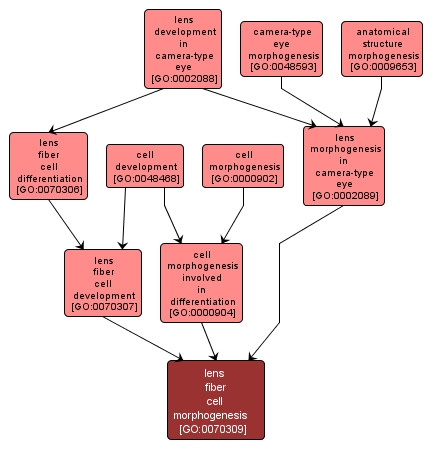| Desc: |
The process by which the structures of a lens fiber cell are generated and organized. This process occurs while the initially relatively unspecialized cell is acquiring the specialized features of a lens fiber cell. A lens fiber cell is any of the elongated, tightly packed cells that make up the bulk of the mature lens in a camera-type eye. |














